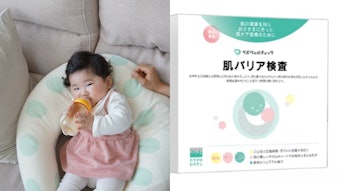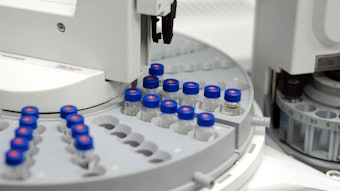Aqueous consumer products in multiple-use containers need a preservative system to prevent microbial contamination during manufacturing and consumer use, and to comply with governmental regulations. Preservative effi cacy testing is performed to determine the type and minimum effective concentration of preservative(s) required for satisfactory preservation of these products.
In its Cosmetics Handbook under “Adequacy of Preservation,” the FDA recommends that: (a) each batch of a cosmetic which is not self-preserving be tested for microbial contamination before it is released for interstate shipment; and (b) each cosmetic, particularly each eye area cosmetic, be tested during product development for adequacy of preservation against microbial contamination that may occur under reasonably foreseeable conditions of consumer use.
The European Union’s Cosmetic Directive states that all cosmetics must have in their product information package (“dossier”) the microbiological specifi cations of the raw materials and the fi nished product; the dossier must also disclose the purity and the microbiological control criteria of the cosmetic product. Preservative effi cacy test methods include the following:
• Compendial methods, such as the United States Pharmacopoeia (USP) and European Pharmacopoeia (EP) methods;
• Trade association methods, such as the Cosmetic, Toiletry, and Fragrance Association (CTFA) method; and
• Rapid methods, such as the linear regression method. Several articles have discussed similarities and differences in these test methods. Orth, Delgadillo and Dumatol reported that the slower rates of death allowed by both the USP and CTFA methods may be too lenient.











